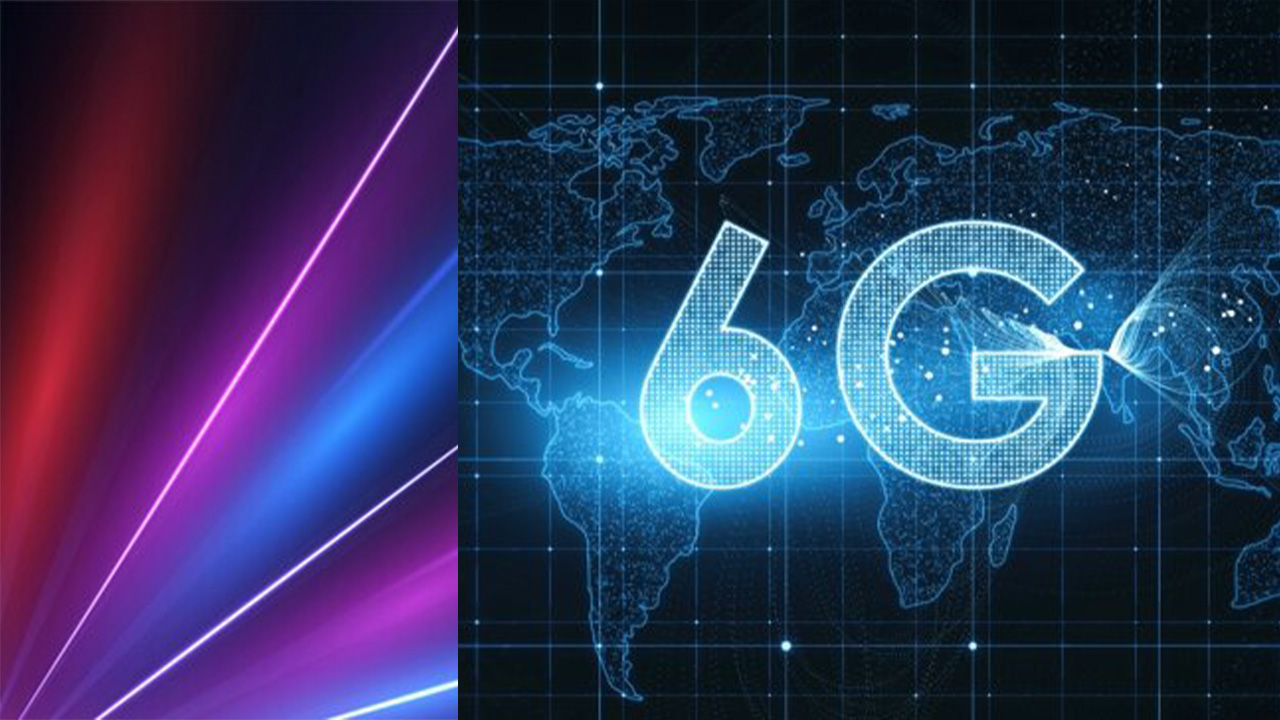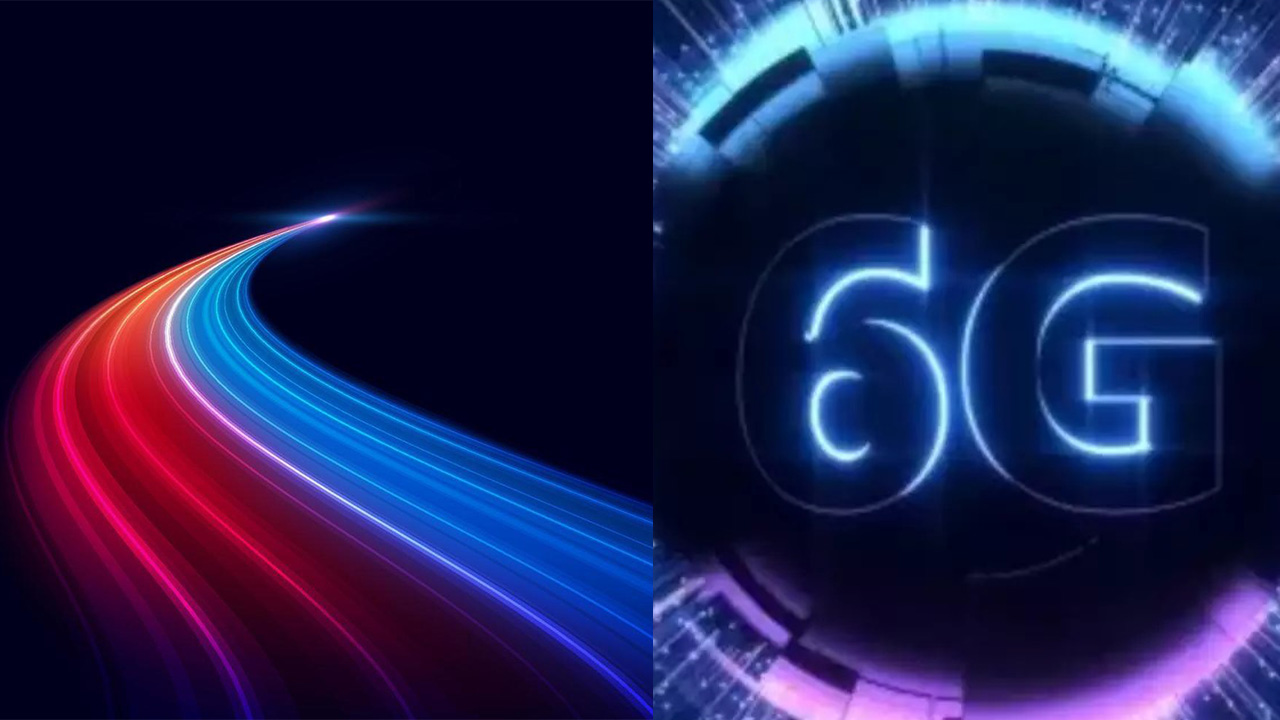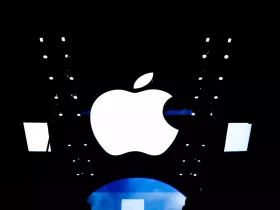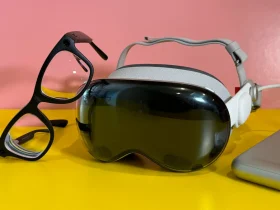The potential future of cellular data transmission may rely on the ability to “curve” light beams in midair, offering the promise of delivering 6G wireless networks with incredibly fast speeds, all without requiring a direct line of sight between transmitters and receivers.
In a recent study published in Nature’s Communications Engineering on March 30, researchers detailed their development of a transmitter capable of dynamically adjusting waves necessary to support forthcoming 6G signals.
While the current cellular communications standard is 5G, anticipated to be substantially faster, 6G is projected to debut around 2030, operating in sub-terahertz (THz) bands between 100 GHz and 300 GHz, and THz bands below infrared.
However, high-frequency signals like those in 6G are more susceptible to blockage by physical obstacles due to their proximity to visible light.

Traditionally, high-frequency signals require a direct line of sight between transmitter and receiver. However, the study’s experiments demonstrated the ability to effectively “curve” these signals around barriers such as buildings, marking a significant breakthrough.
Edward Knightly, co-author of the study and professor at Rice University, described it as “the world’s first curved data link, a critical milestone in realizing the 6G vision of high data rate and high reliability.”
Through the use of self-accelerating beams of light, the researchers manipulated the strength, intensity, and timing of data-carrying signals, creating patterns that allowed signals to remain intact even when partially obstructed.
Essentially, the light beams adjusted their paths to avoid obstacles while still traveling in a straight line.

This innovation could revolutionize future 6G networks, offering practical applications for faster data transfer speeds. Current 5G millimeter wave (mmWave) technology provides fast bandwidth, but both it and future 6G signals require a direct line of sight.
By enabling signals to travel along curved trajectories, 6G networks could function without the need for extensive transmitter and receiver coverage on buildings.
However, for signal bending to be effective, transmitters and receivers must be within close proximity, limiting the immediate practicality of large-scale 6G networks. Yet, this development holds promise for next-generation Wi-Fi networks, offering unprecedented speeds and efficiency.
While there are still challenges to overcome, such as the infancy of THz spectrum usage, this study represents a significant step forward in realizing the potential of cellular wireless networks with unparalleled speeds.







Leave a Reply